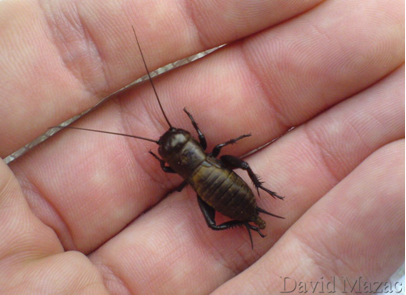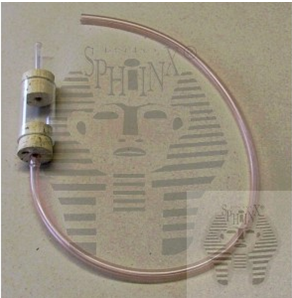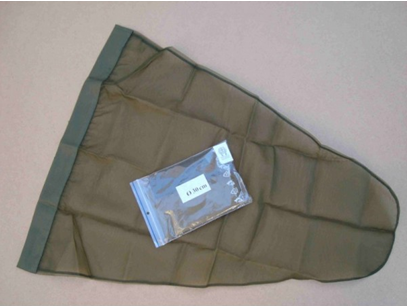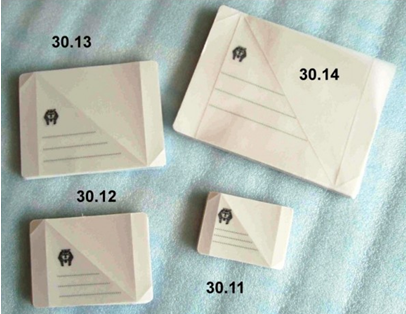1. Insect Collecting Supplies and Equipment
28.11.2014
Insects can be collected out of human curiosity and the longing to examine tiny animals in detail, out of professional study, or just for the fun of making your own private collection. Amateurs will soon discover (professionals already know) that without proper equipment they do not get by.
 |
| Bug collecting |
Firstly we will find out something about collecting. It divides into individual and quantitative:
Individual collecting means collecting with your own hands or with the help of equipment (the latter makes quantification harder). This kind of collecting is common by amateur collectors.
Quantitative collecting provides clear quantities which define the collecting (for example, the number of sweeps, the time of exposition, and the size of location) and that is the reason why it is mainly utilized by professionals.
The importance of locality for collecting
For successful collecting it is really important to have the right choice of locality. General ecological needs of the specimen that one plans to collect is one of the basic things to know. For example, one cannot expect to find Cicindela Hibrida Linnaeus, 1758 on a flowery meadow. It is convenient to choose the right biotope (for example, the area of a former sand quarry) and at the same time find attractive places such as a sunny plain without vegetation. Locality and the type of collected insect have a serious impact on the choice of collecting method.
 |
| Locality for collecting of insects |
The easiest and the cheapest method is manual collecting without any equipment. If we choose this method we will soon find out that:
- our fingers are too strong and too clumsy to manipulate tiny insects and their soft bodies
- or that our fingers are too soft for the collection of insects from under the ground or under tree bark
Collecting equipment
The basic collecting equipment is a forceps. There are a wide range of forceps of different shapes and firmness available. One selects the firmness by the size and character of the collected insect (for example, the softest entomological forceps will not crush the specimen if one squeezes it).
Another handy device is an aspirator. Its design differentiates according to the producer, but it is always a small container with two outlets and a tube. It works on the principle of low pressure which is created by the suction of air at one end of the aspirator. An aspirator is efficient collecting equipment for even the tiniest insects, such as Aphidoidea. Aspirators come in many different sizes and diameters of tubes.
 |
| Aspirator |
The last (but not least) method of collecting insects is with the help of an entomological net. Every entomological net is composed of
- a stick (today made primarily of firm dural)
- a frame (folding or not collapsible, mainly of a round shape)
- a net (a bag made of woven fabric)
An entomological net is suitable for the catching of flying insects (even the ones which can otherwise easily fly away from us). A net is definitely not efficient for the sweeping of cover and branches because sharp edges could rip up the fine net. For this method, other equipment is much better (it will be described in the second edition of the blog).
Storing of insects
 |
| Net with the diameter of 35 cm |
If one finally catches some insects he or she will probably be wondering where to temporarily store their catch. For this case, collecting bottles are suitable (bottles are efficient for dead or living insects). Collecting bottles are made from polyethylene and they usually have a screw cap.
If the insect is still alive and we want it to stay alive for some time, we choose a cork stopper which has a smaller hole in the middle. A screw cap is utilized when the bottle is meant to be a killing bottle and we need the chemicals not to vaporize from the bottle. Very efficient as a filling for the bottle are cork chippings (alternatively sawdust or paper) which absorb killing fluids (for example Ethyl Acetate).
 |
| Butterfly bags |
For the storing of very tiny insects with soft bodies that could deform during the drying it is recommended to use fixative fluid (70% alcohol). Butterfly bags have one very special function. They are parchment cases which come in different shapes and sizes; butterfly bags keep butterflies alive and without damaged wings until arrival from the field.
Author: David Mazáč
Categories
- Novelties
-
Preparation
- Black insect pins
- Stainless steel pins
- Minuten pins
- Plastic headed pins
- Label pins white
- Setting boards for Lepidoptera - LIMEWOOD
- Setting boards of BALSA
- Plastazote setting boards
- Portable suitcase for balsa spreaders
- Pergamine setting strip
- Foam bases
- Pinning block
- Mounting boards
- Sexual boards
- Mounting glues
- For microscopy
- Setting needle
-
Storing equipment
- Portable boxes
- Portable bilateral small suitcases
- Boxes with full lid
- Display boxes
- Entomological wooden display boxes
- Boxes without foam on the bottom for CARTON UNIT SYSTEM
- Carton UNIT trays for CARTON UNIT SYSTEM
- Boxes without foam on the bottom for PLASTIC UNIT SYSTEM
- Plastic UNIT trays for PLASTIC UNIT SYSTEM
- Entomolgical cabinets
- Entomological wooden drawers
- Entomological wooden drawers for CARTON UNIT SYSTEM
- Preservation
-
Field equipment
- Eclectors
- Exhaustor
- Killing fluids
- Syringes
- Butterfly nets and other equipment
- Stopper for killing bottles
- Fillings for killing bottles
- Malayse traps
- Polyethylene killing bottles
- Night field equipment
- Litter reducers
- Butterfly bags
- Aquatic nets
- Tree bark net
- Clap net (Japanese umbrella)
- Sweeping nets and other equipment
- Tree traps
- A Simple Raid Trap
- Other equipment
- Literature
